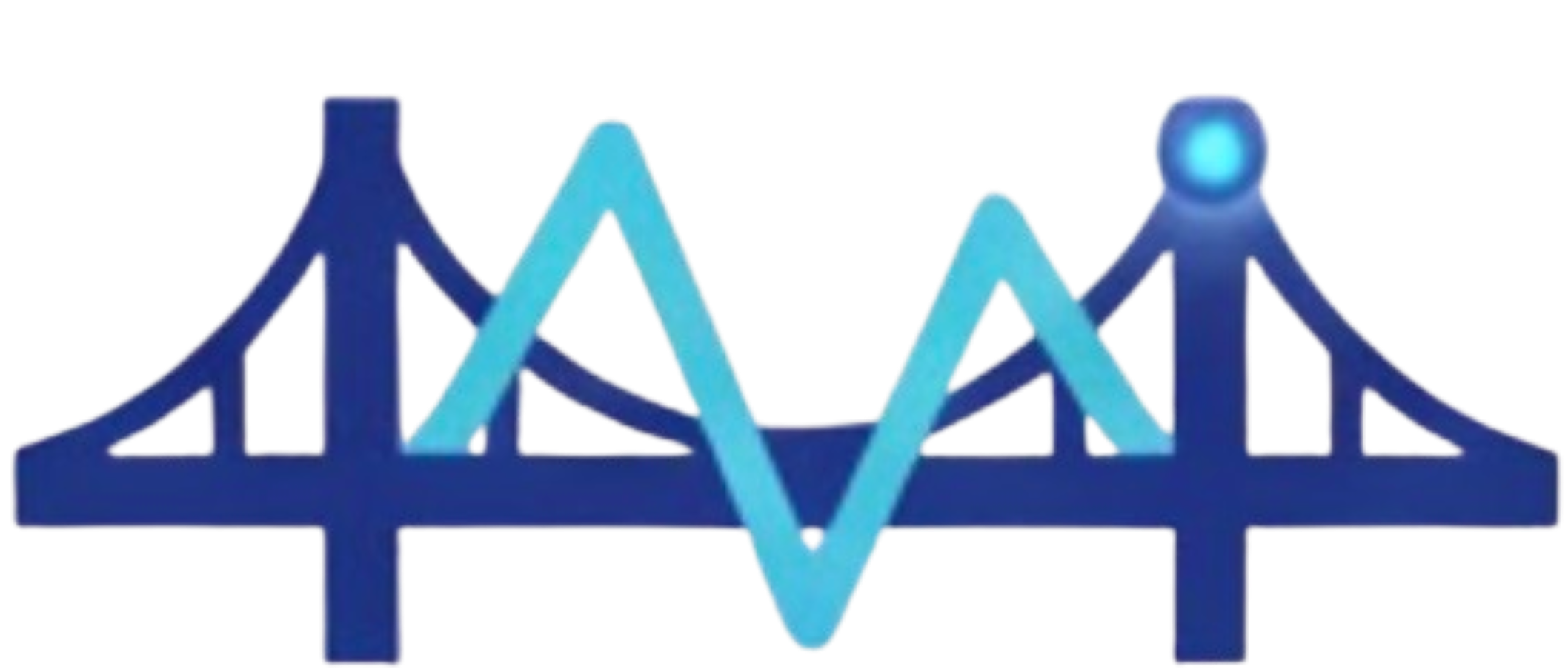
Building Drift and Sway Monitoring
Building lateral movement monitoring
- Tall building in high-wind area requiring drift monitoring for occupant comfort
- Building in seismic zone needing sway assessment during earthquake events
- High-rise structure with large floor plates requiring drift monitoring for equipment protection
Request a rapid assessment
Share project details and timelines. Our engineering leads respond within one business day with mobilization options and PE-reviewed scope.
Building drift and sway monitoring measures lateral movement and deflection in tall structures under wind, seismic, and occupancy loads to ensure occupant safety and structural performance. Modern buildings across the United States face increasing height and complex geometries that amplify wind and seismic effects, requiring continuous monitoring to maintain serviceability and safety. Drift monitoring helps building owners understand structural response to environmental forces and ensure compliance with building codes and occupant comfort standards.
Building drift occurs when lateral forces cause horizontal displacement of building floors relative to each other, affecting elevator operation, door functionality, and occupant comfort. Excessive sway can lead to motion sickness, equipment damage, and reduced building service life. Modern monitoring systems provide real-time drift measurements that help building operators manage tenant comfort and structural performance.
We provide comprehensive drift monitoring using precision displacement sensors and accelerometers that capture building movement in real-time. Our nationwide deployment ensures consistent monitoring standards across different building types and seismic zones, with automated alerts for any movement exceeding safe limits.
What We Include
- Inter-story displacement sensors for drift measurement
- Accelerometers for sway acceleration and frequency analysis
- Wind speed and direction correlation with building movement
- Seismic event recording and drift assessment
- Occupant comfort analysis based on sway measurements
- Elevator and equipment protection monitoring
- Real-time drift visualization and alerting
- Integration with building management systems
Common Situations We Handle
- Tall building in high-wind area requiring drift monitoring for occupant comfort
- Building in seismic zone needing sway assessment during earthquake events
- High-rise structure with large floor plates requiring drift monitoring for equipment protection
Frequently Asked Questions
How does building drift monitoring ensure safety nationwide
Building drift from wind and seismic forces affects structures across the United States. Our nationwide monitoring provides consistent assessment of lateral movement and ensures buildings meet safety standards for occupant comfort and structural performance.
What causes excessive building drift and sway
High winds, earthquakes, and dynamic occupant loading cause building drift. Tall structures and buildings with large floor plates are particularly susceptible to sway that can affect elevator operation and occupant comfort.
How do you measure building drift without affecting operations
Wireless displacement sensors operate continuously without disrupting building functions. Remote monitoring provides real-time drift data while maintaining normal building operations and tenant access.
What drift limits are considered safe for buildings
Building codes typically limit inter-story drift to height/400 for wind and height/300 for seismic loading. Our monitoring ensures buildings stay within these limits and alerts operators if drift approaches critical thresholds.
How does drift monitoring affect building insurance and leasing
Drift data provides documentation of structural performance for insurance underwriting and demonstrates building safety for prospective tenants. Regular monitoring helps maintain optimal building value and lease rates.
Example of Our Capabilities
Service Type
Building Drift and Sway Monitoring
Scope
Continuous drift and sway monitoring of tall building structure
Client Situation
Building owner needs to monitor lateral drift on 30-story office building in high-wind location
Our Approach
Install displacement sensors between floors, accelerometers for sway measurement, and correlate with wind speed data for comprehensive drift assessment
Expected Outcome
Real-time drift monitoring dashboard showing lateral movement, automated alerts for drift exceeding height/400, and annual structural performance reports
Contact us to discuss your building drift and sway monitoring needs nationwide. We can share references upon request.
